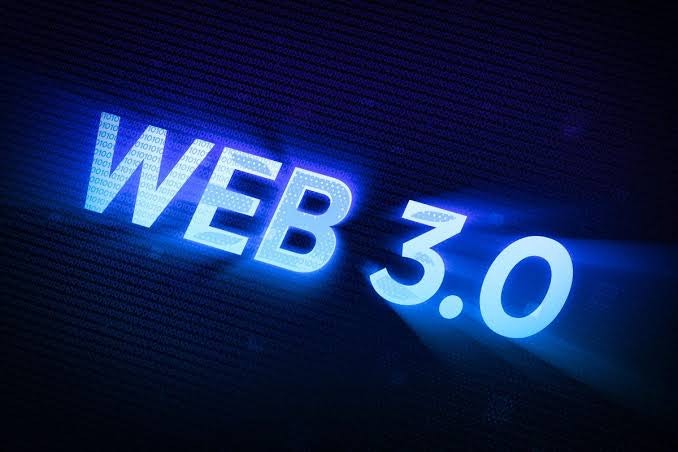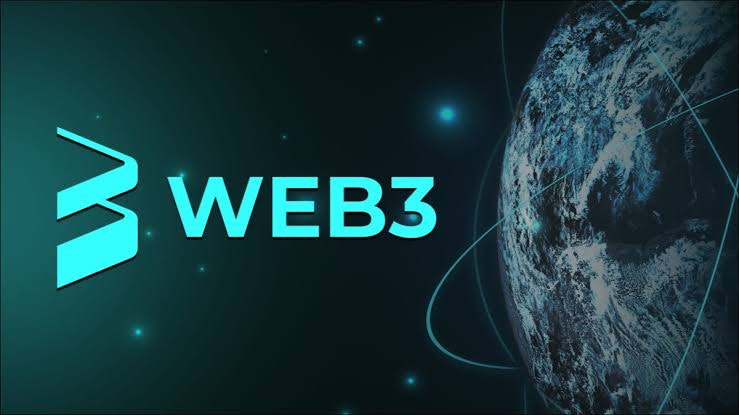A beginner’s guide to Web 3.0 wallets
06/05/2022
We are quickly transitioning into a new era of the internet – Web 3.0. With this comes new opportunities for innovation and creativity.
However, with this big change comes complexity. For those just starting out in the world of Web 3.0, it can be difficult to know where to begin when it comes to selecting a Web 3.0 wallet. This post will provide an overview of what Web 3.0 wallets are and offer guidance on how to select one that is right for you.
What is a Web 3.0 wallet?
A Web 3.0 wallet is a digital wallet that permits the storage, sending, and reception of cryptocurrency. Unlike a traditional bank account or e-wallet, a Web 3.0 wallet is not owned or controlled by any central authority. Instead, it is decentralized and powered by blockchain technology.
In order to use a Web 3.0 wallet, you will need to create an account on a blockchain platform such as Ethereum or Bitcoin. Some Web 3.0 wallets allow you to exchange digital currencies for other assets and make purchases directly from the platform.
Overall, a Web 3.0 wallet is an excellent way to manage your cryptocurrency investments in a secure and convenient manner.
Web 3.0 wallet benefits

Web 3.0 wallets offer a number of benefits to users, including increased security and convenience. They are designed to provide the best possible experience for users, making it easier than ever before to send and receive funds online. Here are some of the key features offered by Web 3.0 wallets:
1) Increased security – Web 3.0 wallets use advanced encryption technology to keep your funds safe from hackers and other online threats.
2) Convenience – With a Web 3.0 wallet, you can easily store and manage your digital assets on any device, at any time. You don’t need to worry about losing your Bitcoin or other cryptocurrencies when you switch devices since all of your data will be securely stored in the cloud.
3) Easy access and management – Web 3.0 wallets make it simple to manage your funds, so you can quickly send and receive payments without any hassle. Additionally, they offer a wide range of tools to track your balance and monitor market trends, so you always have the information you need to make informed investment decisions.
Overall, Web 3.0 wallets are an excellent choice for anyone looking for a convenient and secure way to store their digital assets online.
Setting up a Web 3.0 wallet

To set up your Web 3.0 wallet, you’ll need to choose a platform to host your application. Two popular options include creating an Ethereum Classic full node or setting up a server-side solution like IPFS or Swarm. Alternatively, you may opt to use a browser extension like MetaMask.
The next step is to generate a seed phrase. This phrase will be used to generate your private keys and should be kept safe and secure. After generating your seed phrase, you’ll need to choose a Web 3.0 wallet provider. Some popular options include MyEtherWallet, MetaMask, and Trust Wallet.
Once you’ve selected a provider, you can create an account and log in. From there, you can begin using your Web 3.0 wallet to interact with decentralized applications or to transfer funds.
Types of Web 3.0 wallets
Web 3.0 wallets are different from traditional web-based wallets in that they offer a much wider range of features and security options to their users. There are four basic types.
Desktop wallets
These are software applications that run on your computer rather than on a website and are designed to give you maximum control over your crypto funds.
Desktop wallets can be downloaded for free from various cryptocurrency exchange sites or specialized wallet providers. Some desktop wallet apps even allow you to buy and sell crypto with fiat currency directly within the app.
One downside is that you will need to keep your computer running all the time to ensure that your wallet stays synchronized with the blockchain network, which could potentially drain your laptop battery.
Mobile Wallets
These wallets run on software installed on your mobile device, usually as an app from either the Google Play Store or Apple’s App Store.
Like desktop wallets, mobile wallets provide maximum security but require relatively more effort from the user to stay up-to-date. Another potential downside is that if you lose your phone or it gets stolen, your cryptocurrency funds could be gone for good unless you have a backup of your seed phrase.
Web-based wallets
Web-based wallets tend to be the least secure type of wallet since your private keys are stored on a blockchain network server rather than on your own computer. This can potentially make them more vulnerable to hacking attacks.
However, web-based wallets can also offer some useful features, such as the ability to buy and sell cryptocurrencies directly within your wallet through integrated exchange platforms.
Hardware wallets
These physical devices look similar to USB flash drives and are designed primarily for storing cryptocurrency funds offline in cold storage.
A hardware wallet like the Ledger Nano S is considered one of the safest forms of crypto wallet because it ensures that no hacker can ever get access to your private keys, even if they have physical access to your hardware wallet. However, hardware wallets can be relatively expensive and may not offer as many features as other types of wallets.
These are the most common types of wallets available, but there are also some more specialized types of wallets, such as paper wallets and brain wallets. In general, the best way to choose a wallet is to consider your needs and then select a wallet that meets those needs in terms of security, convenience, and price.
Tips for keeping your Web 3.0 wallet safe and secure
If you trade in digital currencies, it’s important to keep your Web 3.0 wallet safe and secure. Here are a few tips to help you do that:
1. Choose a reputable wallet provider. There are many different providers out there, so it’s important to do your research and choose one that has a good reputation and is known for providing strong security measures.
2. Create a strong password. This is one of the most critical steps in keeping your wallet secure, so make sure you choose a password that is difficult to guess and remember.
3. Keep your software up to date. Like any other software, Web 3.0 wallets need to be updated from time to time. This ensures that you are using the most secure version of the software and that your wallet is protected against any vulnerabilities or security threats.
4. Be cautious with your private keys. Your private keys are essential for accessing your Web 3.0 wallet, so always make sure to handle them with care and protect them as much as possible.
5. Use two-factor authentication whenever possible. Two-factor authentication is a great way to add an extra layer of protection to your Web 3.0 wallet. It requires additional verification each time you log in or send funds from your account, making it much more difficult for hackers to access your account.
Wrapup
So, there you have it – a beginner’s guide to Web 3.0 wallets! We hope that this article has given you a better understanding of how these wallets work so you, too, can keep your crypto investments secure and organized.
Chat with the expert NFT promoters and marketers at Mooning
Sure, all the examples of NFT promotions we listed are from global brands with endless coin to throw at their campaigns. But you really don’t need a crazy-high budget to see some seriously incredible outcomes – as long as you know the delicate intricacies of building a killer NFT marketing strategy!
If not, no worries – Mooning is here to take care of everything for you and make sure you see the most amazing ROI you’ve ever seen before. Our team has the knowledge and experience to promote your NFTs in order to deliver maximum awareness and interest, driving the sales prices up sky-high and beyond.
We provide a full suite of expert NFT marketing services and go above and beyond for every one of our clients to ensure only the best results. Our team will help with everything from minting, listing and selling, NFT creator sourcing, community management and campaign conceptualisation.
So get in touch with us now on 1300 818 435 or message us online.





